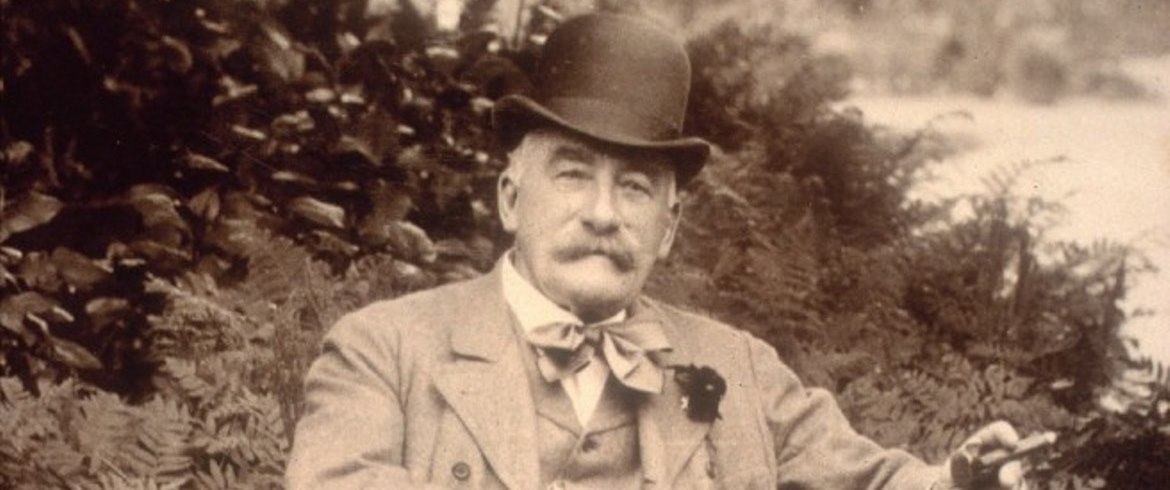In many cases, the origins of today’s museums go back to the princely curiosity cabinets that featured a more or less arbitrarily assembled selection of rare and precious items that were collected for the pleasure of the prince and his guests. The history of the Princely Fürstenberg Collections is quite different. From the beginning the works were acquired systematically for the museum that was not merely intended for the delectation of its owners alone. When Prince Karl Egon III presented the museum to the public in 1868 he conceived it rather as a kind of university for the Fürstenberg lands.
His collections featuring masterpieces of medieval and Renaissance painting, plaster casts of exemplary classical sculpture and natural history objects were intended to educate an interested public and simultaneously document the important sociocultural position of the House of Fürstenberg. They were supposed to keep alive the memory of the Fürstenberg state, one of the most important territories in the southwest of Germany, after it had been dissolved as a consequence of the Napoleonic Wars.
To be sure, many things have changed since then, particularly as regards the art historical collection, especially in the area of contemporary art, which made an impressive debut in 2012. But in the end, the educational mission willingly taken on by the House of Fürstenberg still pervades the museum today.



